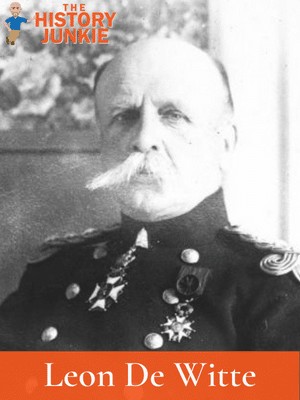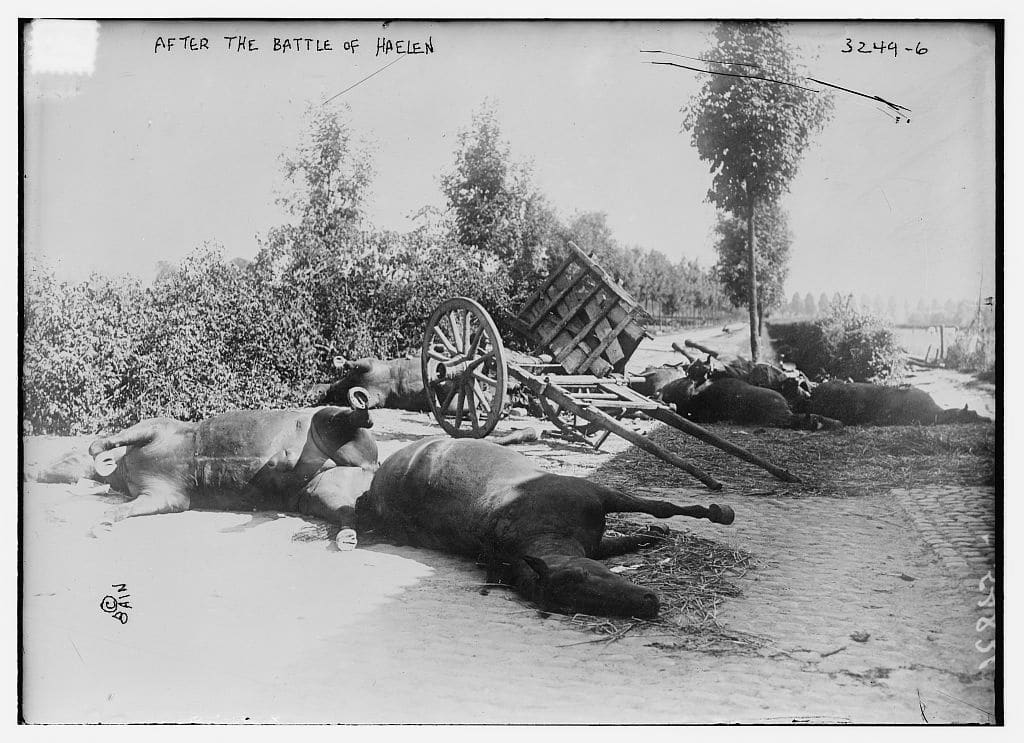The Battle of Haelen, a small confrontation of the Battle of the Frontiers, took place on August 12, 1914, and was the first cavalry battle of World War 1. The battle was also known as the Battle of Silver Helmets due to how many German helmets were left on the battlefield.

It took place at Haelen, Belgium, which was about 18.5 miles from the main Belgian line at Louvain. This attack was part of the German invasion of Belgium, which would lead to the invasion of France in hopes of making France fall quickly. This plan was known as the Schlieffen Plan.
Jump to:
The Fighting
The German invasion had met some stiff resistance in the Battle of Liege, but the Belgian army was overmatched. It would only be a matter of time before German forces pushed them back, but the resistance was important to stall German forces in order to give the French more time to prepare their defenses.
The Germans began their movement on August 12, 1914, and the Belgians prepared their defenses. German cavalry attacked the Belgian army for most of the day and was repelled repeatedly. The Belgian resistance would be stiff, and the battle would become one of the only setbacks of the German invasion of Belgium.
Advance squadrons of cavalry corps under General Georg von der Marwitz continued to push into Belgium's line but were unable to defeat any of the Belgian cavalry divisions under General Leon De Witte.

The Germans continued to press throughout the afternoon, but Dewitt and his men held strong while guarding the Haelen bridge.
The Belgians continued to repel a force that was more than twice their numbers and did so by Dewitt ordering his men to dismount and greet the attack with massed rifle fire. They did, and the results were devastating for the Germans.
The Germans were pushed back, and the Belgians celebrated a huge victory against their attackers.
Conclusion
The Belgians celebrated, but the victory did little to stop the invasion. However, it did prove that the age of the horse was over due to modern weapons.
The Germans suffered 150 dead, 600 wounded, and approximately 300 prisoners. The number of dead horses was around 400. The Belgians suffered half the casualties of the Germans.

Attacking is harder than defending, so it is necessary to out-gun and outman the defender. The Germans had the tools, but the technology was more advanced than in the past, and horses were quickly becoming obsolete in war. This battle began the trend toward trench warfare, and all armies became aware of it.
